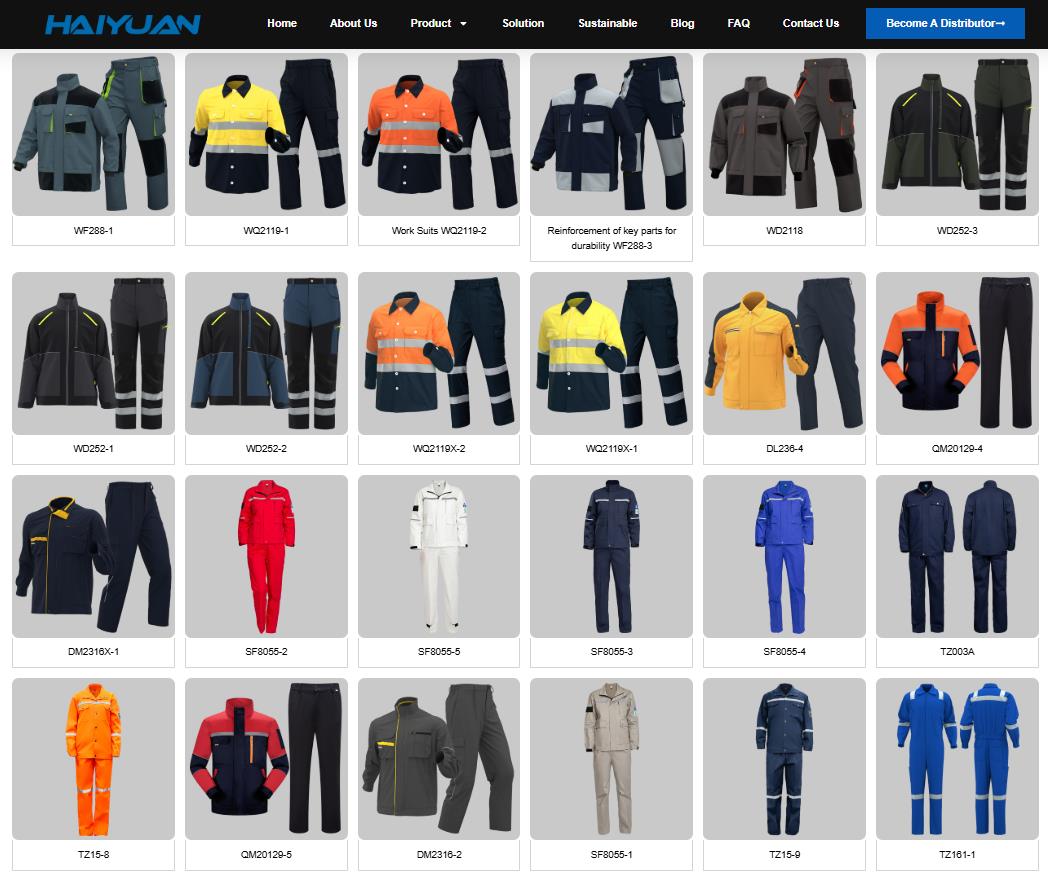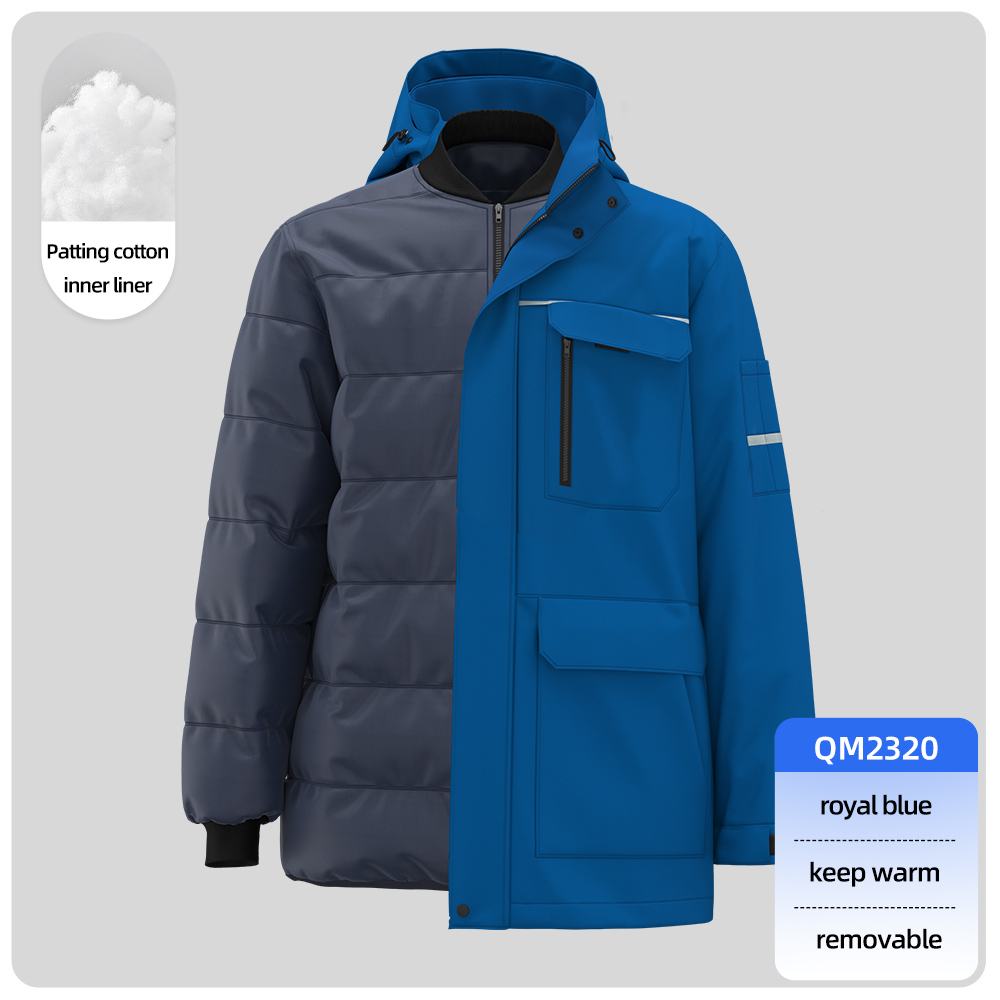The dress code for warehouse workers is primarily driven by safety, practicality, and company policy. It is not about fashion but about preventing injuries and ensuring efficiency.
Here is a detailed breakdown of a typical warehouse worker dress code:
1. The Foundation: Safety and Practicality
The core principle is that clothing should not get caught in machinery, should protect the worker from common hazards, and should allow for comfortable movement during long shifts.
Key Characteristics of Appropriate Clothing:
-
Well-Fitted: Clothing should not be too baggy (risk of catching on equipment, pallet racks, or conveyor belts) or too tight (restricts movement).
-
Durable Fabric: Heavy-duty materials like denim, canvas, or thick cotton blends that can withstand abrasion, snags, and repeated wear.
-
No Dangling Elements: Avoid loose belts, dangling straps, or long drawstrings that can pose a snag hazard.
2. Essential Clothing Items
Tops:
-
T-shirts or polo shirts (often provided by the company with a logo).
-
Long-sleeved shirts can protect arms from scratches, dust, and sun exposure when loading/unloading trucks.
-
In colder warehouses, layers are key (e.g., a thermal base layer, a fleece jacket or sweatshirt, and a weather-resistant jacket).
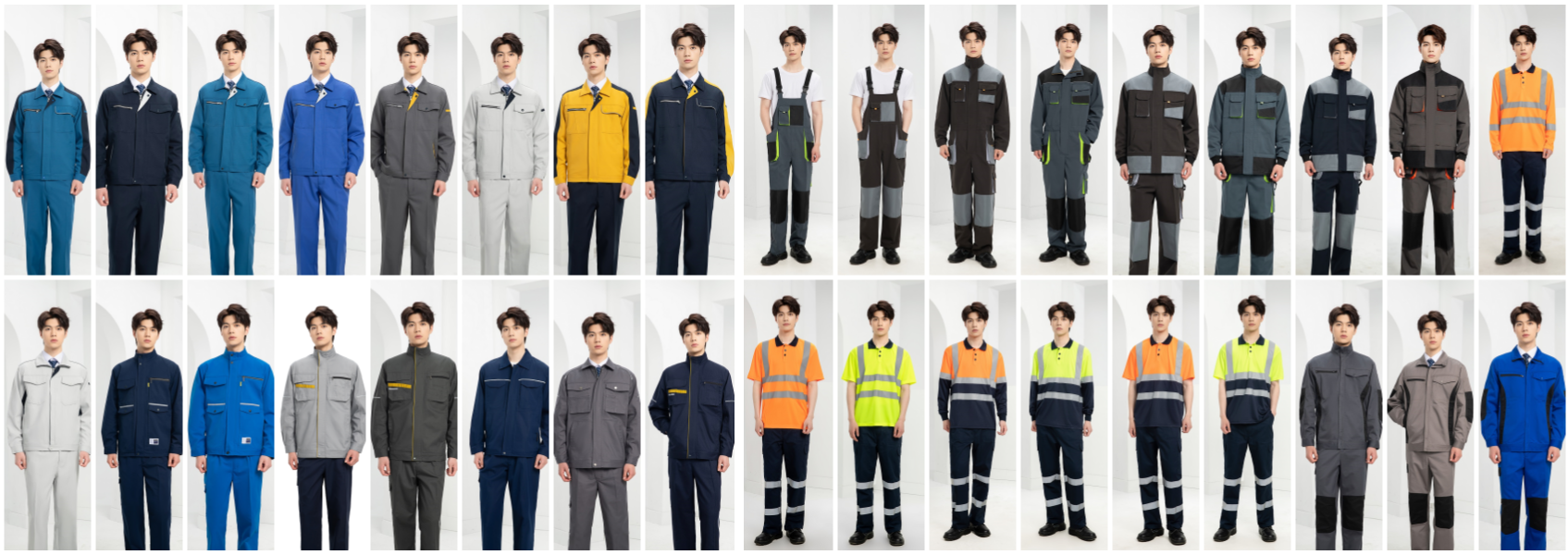
polyester cotton labor workwear
Bottoms:
-
Durable work pants or cargo pants are the standard. They are made from strong fabric and often have reinforced knees.
-
Denim jeans are commonly acceptable, provided they are in good condition without rips or fraying.
-
Shorts are almost universally prohibited due to the lack of protection for the legs.
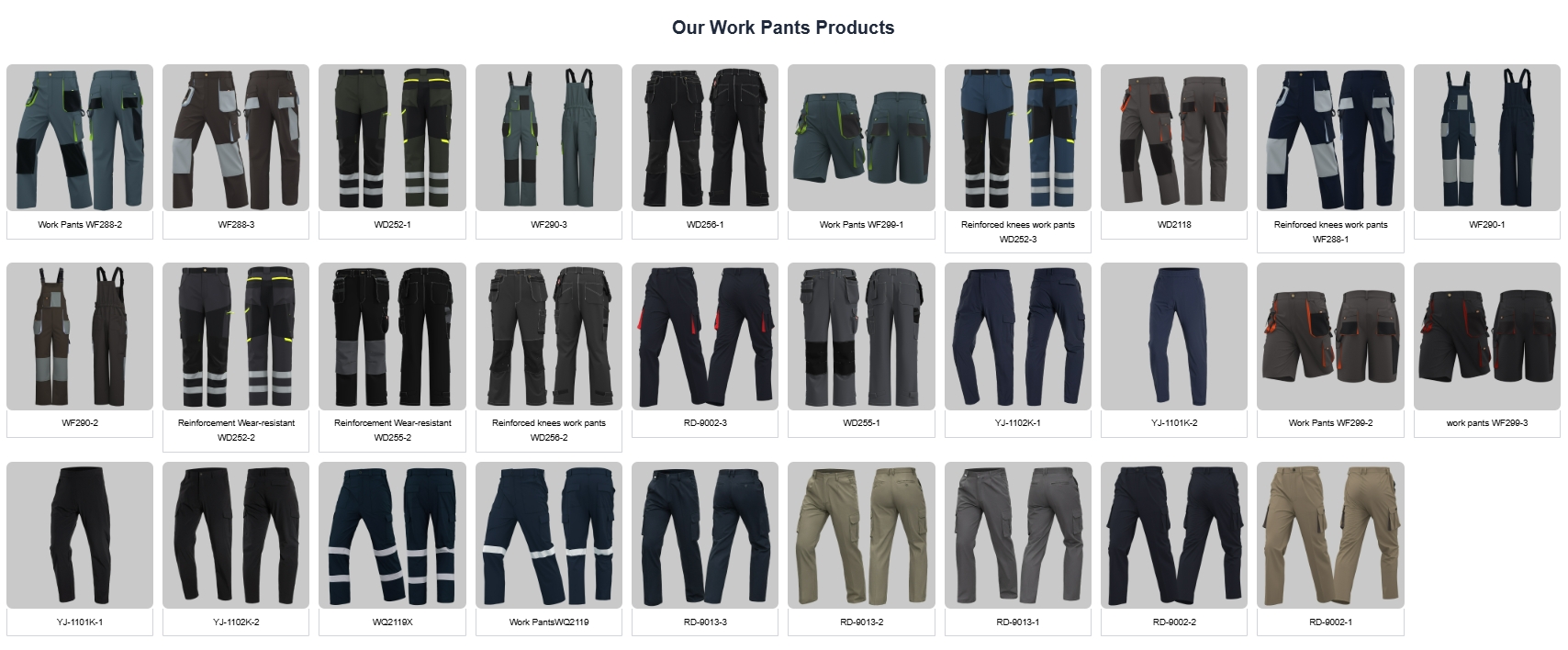
work pants
Footwear (CRITICAL):
-
Safety-Toe Boots/Shoes: This is almost always a mandatory requirement. They must have a protective toe cap (steel, composite, or aluminum) that meets safety standards (e.g., ASTM F2413 in the US, EN ISO 20345 in Europe).
-
Slip-Resistant Soles: Essential for traction on often dusty, oily, or slick concrete floors.
-
Puncture-Resistant Midsoles: Protect the foot from sharp objects like nails or metal shards that may be on the floor.
-
Ankle Support: Many workers prefer boots that provide support for walking and lifting on uneven surfaces.
-
Closed-Toe and Closed-Heel: Absolutely no sandals, flip-flops, or open-toed shoes.
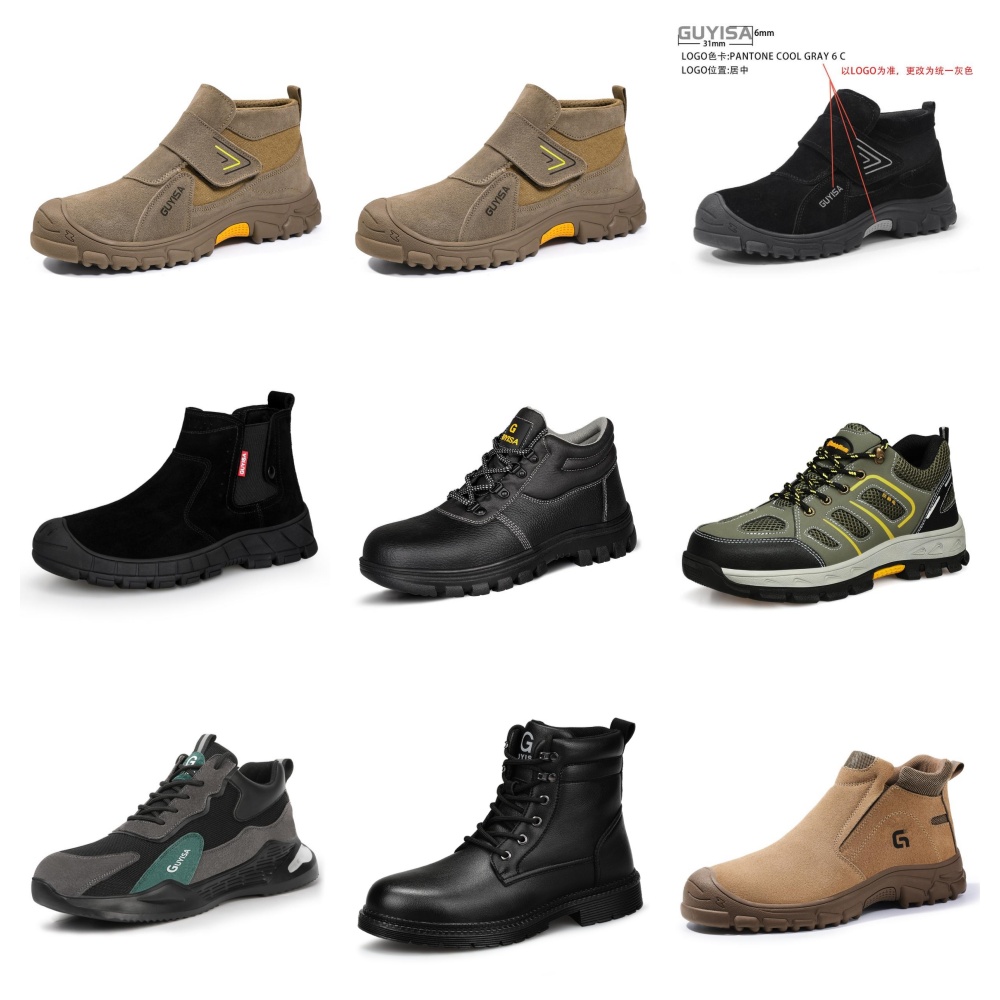
safety footwear
3. Mandatory Personal Protective Equipment (PPE)
This is provided by the employer and must be worn as required for specific tasks or areas of the warehouse.
-
High-Visibility (Hi-Vis) Vest or Jacket: Mandatory for anyone working in or near traffic areas, including forklift lanes, loading docks, and parking lots. This ensures they are seen by equipment operators.
-
Safety Glasses: Required in areas where there is a risk of flying debris, dust, or particles (e.g., near cutting tools, packaging lines, or when handling certain materials).
-
Hard Hat: Required in areas where there is a risk of falling objects from upper racking or during loading/unloading.
-
Work Gloves: Crucial for hand protection. The type varies by task:
-
Cut-resistant gloves for handling sharp objects or boxes.
-
Impact-resistant gloves for handling heavy, rough materials.
-
General-purpose gloves for basic material handling and to improve grip.
-
-
Hearing Protection: (Earplugs or Earmuffs) Required in high-noise areas, such as near loud machinery, conveyor systems, or in certain packaging departments.
4. Prohibited Items
-
Loose, Dangling Jewelry: Rings, necklaces, bracelets, and watches can get caught on equipment, leading to severe injury (a risk known as “degloving”).
-
Headphones/Earbuds: Strictly prohibited in most warehouses as they impede the ability to hear important warnings, forklift horns, or alarms. Some facilities may allow bone-conduction headphones or approved hearing protection with built-in radios.
-
Clothing with Offensive Language/Imagery: Maintains a professional environment.
-
Scarves or Hoodie Drawstrings: These are a major entanglement hazard.
Summary: A Quick Checklist for a Warehouse Worker
| Do Wear | Do NOT Wear |
|---|---|
| ✔ Well-fitted jeans or work pants | ❌ Baggy or ripped clothing |
| ✔ Company t-shirt or polo | ❌ Loose hoodies with drawstrings |
| ✔ Steel-toe / Composite-toe boots | ❌ Sneakers, sandals, or open-toed shoes |
| ✔ Hi-Vis vest (in designated areas) | ❌ Dangling necklaces or bracelets |
| ✔ Task-appropriate gloves | ❌ Headphones/earbuds (unless approved) |
| ✔ Safety glasses (when required) | ❌ Shorts |
Final Important Note: The specific dress code can vary slightly from one warehouse to another. Always consult your company’s official safety manual and orientation materials, as they will provide the definitive rules for your specific workplace.


